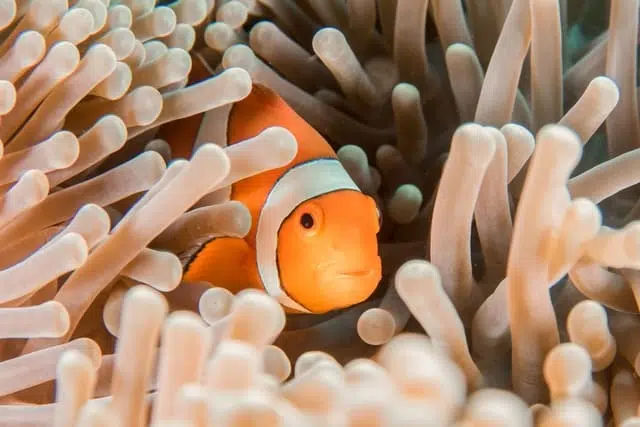Welcome to the Top 10 Cutest Fish in the World!
Nature has proven to be the most artistic creator, especially in marine life. The aquatic world has the most majestic creatures in the world, many of them are still undiscovered. Every now and then there is a discovery of a new creature with unique abilities which leaves us in awe of nature’s creation. The marine world comprises a variety of species.
Did You Know? There are up to 32,000 species of living fish to date.
#10 Butterfly Fish
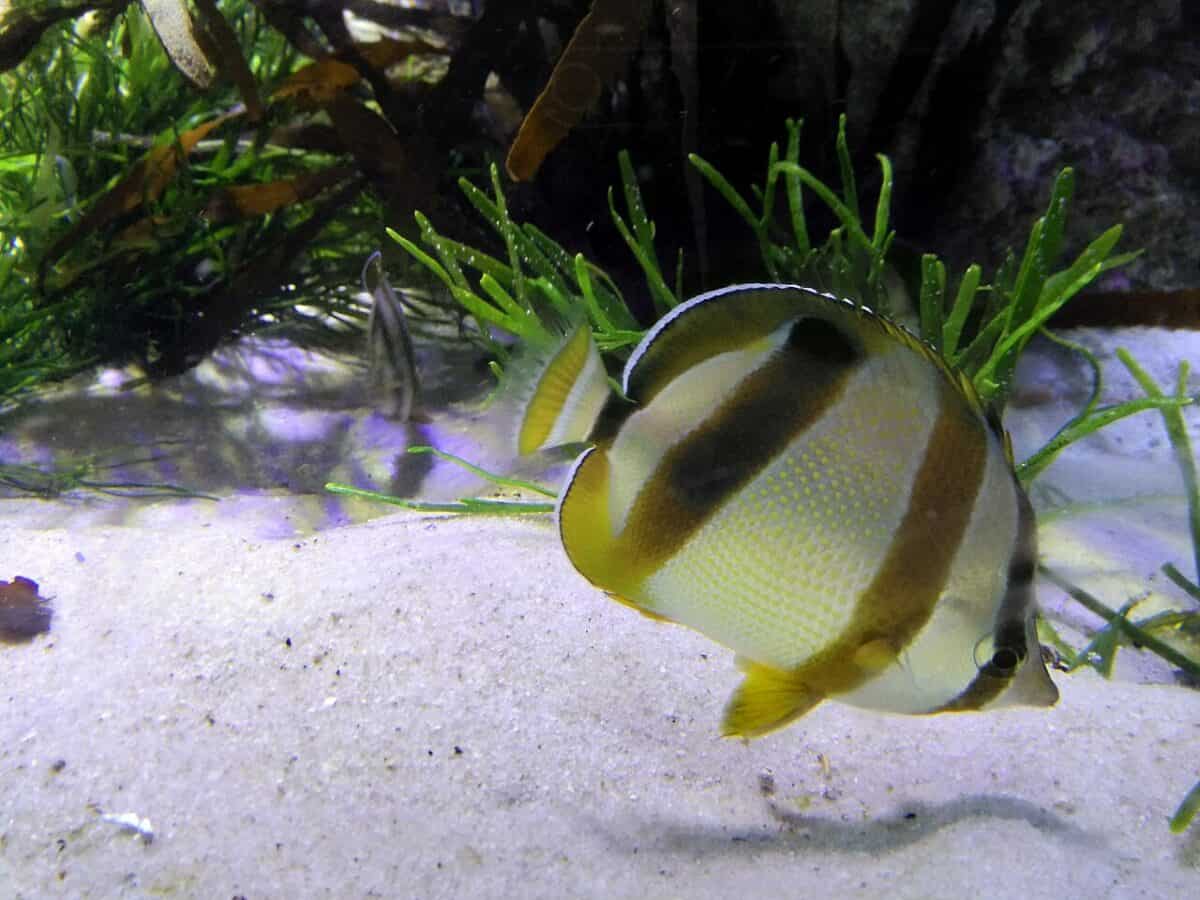
Butterfly fish is typically small fish. Image via ANBARASU THIRAVIYAM, CC BY-SA 4.0 https://creativecommons.org/licenses/by-sa/4.0, via Wikimedia Commons
The butterfly fish is a bright-colored fish that is mainly found in black, white, yellow, red, orange, and blue colors. They have a remarkable pattern on their bodies. This fish can live up to seven years if in the wild.
- Size:
Butterfly fish have a hundred and twenty-nine species. These fish can grow up to twelve to twenty-two centimeters in length. Few other species can look like lined butterflies, also it can grow in length of up to thirty centimeters.
- Region of Origin:
The butterfly fish belongs to a group of freshwater fish family Chaetodontidae. They are mainly found in the oceans of the Indian, Atlantic, and Pacific regions. It’s a freshwater fish.
- Aquarium Specifications:
This fish can be placed in a large aquarium consisting of seventy-five to hundred and fifty gallons of water. This fish likes to swim in open spaces.
If placed in an aquarium, add rocks and stones to the aquarium where they can hide and play. The diet they consume is normal aquarium food.
#9 Fancy Guppy
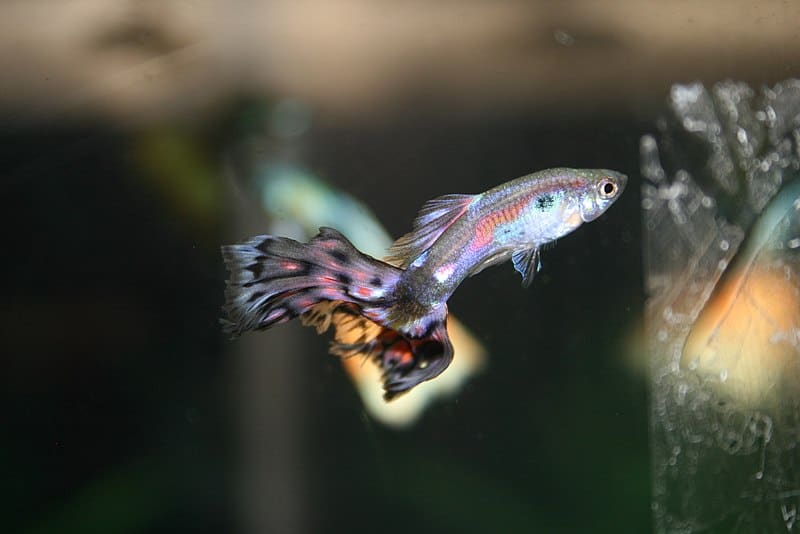
Fancy guppy is also recognized by the name of rainbow fish. It comes in beautiful color patterns which are an absolute eye-catcher. Guppy fish comprises three hundred species.
- Size:
Females are larger than males and can grow up to three to six centimeters while males can grow up to three centimeters.
Their growth highly depends on the area, if they are placed in a confined space they will grow less as compared to being placed in freshwater such as a river.
- Region of Origin:
It is a popular freshwater aquarium fish. They originate from South Africa. They are highly flexible species that can survive in different environmental conditions. Their lifespan ranges from one to three years.
- Aquarium Specifications:
They are an excellent choice of fish to be placed in an aquarium as they enhance the beauty of it. They should be kept at temperatures ranging from twenty-two degrees centigrade to twenty-seven degrees centigrade.
Also, they enjoy dried vegetables and frozen worms for their intake.
#8 Rainbow Kribensis
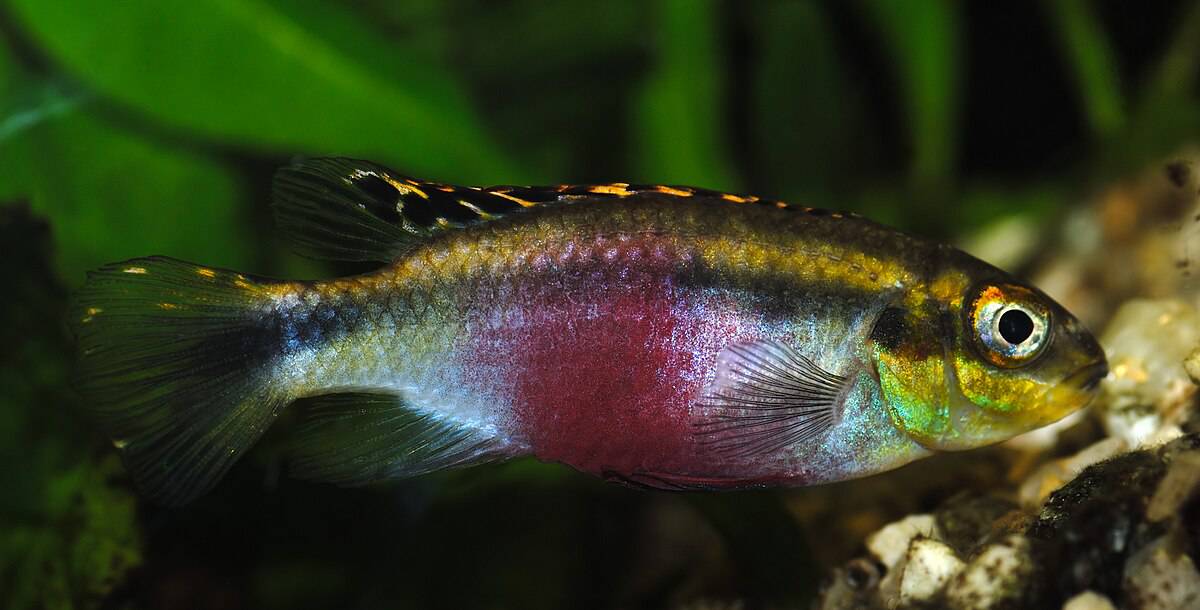
These are attractive species of fish having blue, yellow, green, and red color combinations. Females who are in their breeding season portray a very attractive and bright cherry-red color on their bodies.
- Size:
These fish can grow in length ranging from seven to ten centimeters. Females are smaller than males and have big round stomachs. The belly is bright colored in shades of red and purple, especially in the breeding season.
- Region of Origin:
They are mainly found in the mouth of the Ethiope River near the Niger Delta. There are a variety of water conditions in that region, where the water is slightly alkaline. They prefer living in dense vegetation areas with a life expectancy of five years.
- Aquarium Specifications:
They mostly swim at the bottom of an aquarium in a thick vegetation area. They need to place in a large aquarium that can accommodate a minimum of twenty gallons of water.
They grow best in slightly alkaline water. They are omnivores therefore they can consume both plant and animal-based feed.
#7 Betta
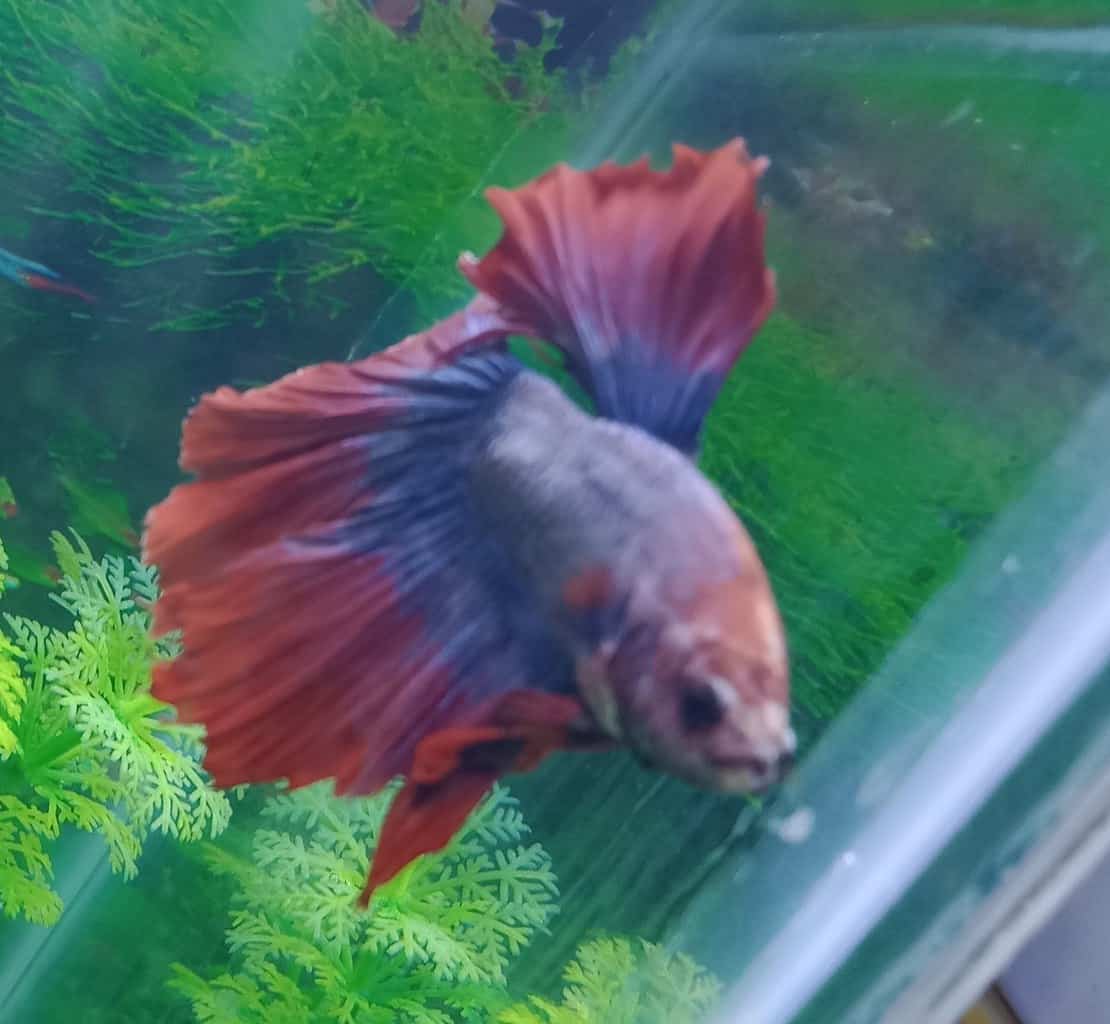
Betta fish enjoy big areas so that they can roam and explore. Image via ANBARASU THIRAVIYAM, CC BY-SA 4.0 https://creativecommons.org/licenses/by-sa/4.0, via Wikimedia Commons
Betta fish are also known as Siamese fight fish which means fighting for life. These fish are sensitive and very beautiful with vibrant colors making them undoubtedly the cutest and most striking fish.
These fish comes in red, blue, orange, white, and turquoise color shades.
- Size:
These fish cannot grow longer than three inches in size. The male Betta fish is larger than the female Betta fish. Females can grow from two to two and a half inches while males can grow in size ranging from two and a half to three inches.
- Region of Origin:
They are found in still ponds and slow-moving streams. Their life expectancy is from two to five years.
- Aquarium Specifications:
These fish are sensitive and only female betta can be paired with submissive fish breeds in an aquarium with a lot of hiding spaces. If they are being violent with other fish then they need to be placed in a separate space.
Betta are carnivores in nature and therefore require an animal-based diet. They can survive on plant-based food for a while but will not survive for long due to nutritious deficiencies.
#6 Regal Angelfish
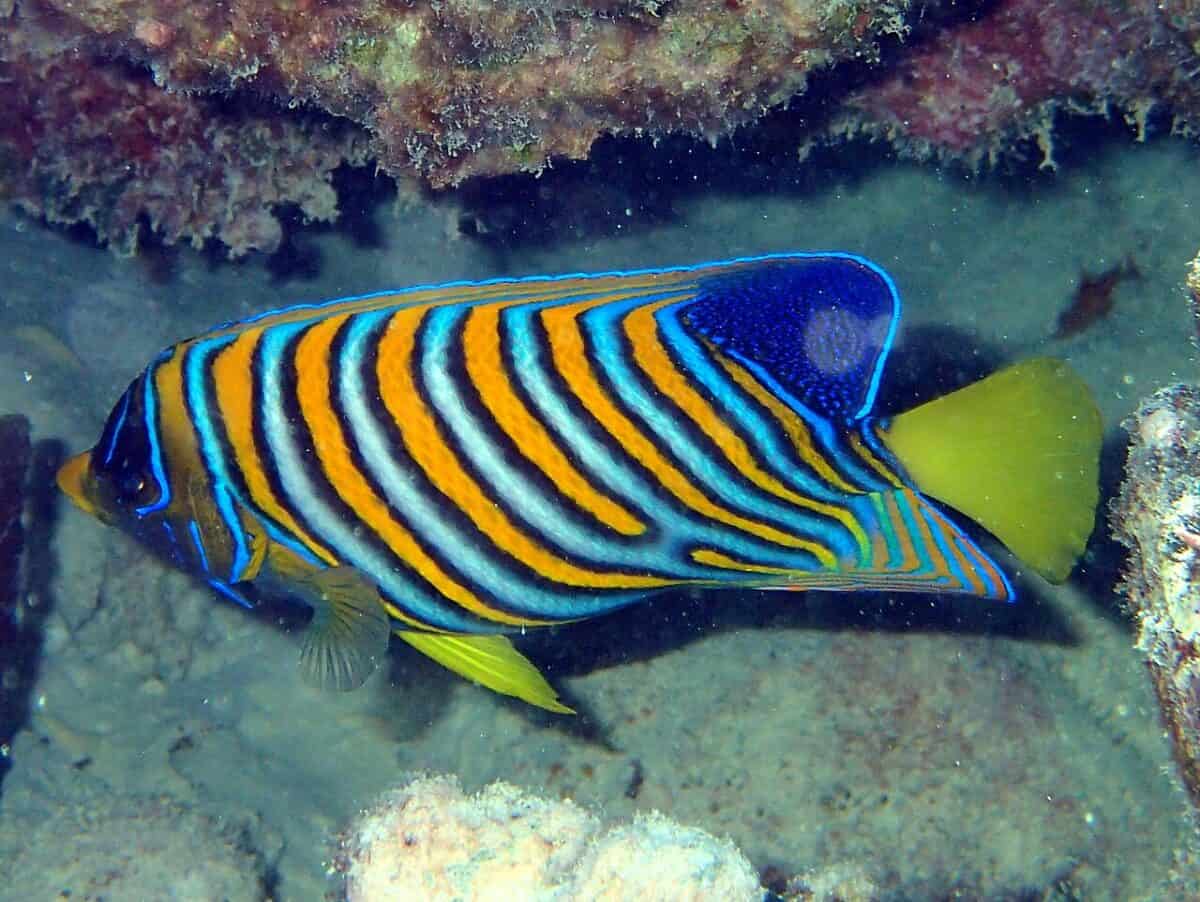
Regal fish is often found near caves and ledges. Image via dr.scott.mills, CC BY-SA 2.0 https://creativecommons.org/licenses/by-sa/2.0, via Wikimedia Commons
The name ‘regal’ speaks for itself as it’s a beautiful fish that has vibrant patterns in shades of blue, yellow, orange, and white. A real great part of the cutest fish! These color patterns are what sets an angelfish aside from all the other fish in terms of magnificence.
- Size:
They can reach the length of twenty to thirty centimeters. They are usually found in groups having one male accompanying one or multiple females. If kept in wild waters it can have a life span of ten years.
- Region of Origin:
The color of these fish varies from their geographical regions. For instance, the regale angelfish which belongs to the Red Sea and Maldives region has a yellow-colored pattern on its chest while the angelfish belonging to the Indo-Pacific region has a bluish-grey chest.
- Aquarium Specifications:
The regale angelfish is comparatively difficult to manage if compared with other species. To maintain a good aquarium environment, they should be placed in the tank first which enables them to mark their territory.
They are to be placed in a large tank comprising at least a hundred and twenty-five gallons of water with a lot of hiding spaces. They are omnivores, therefore, require an animal and plant-based diet.
#5 Blue Tang
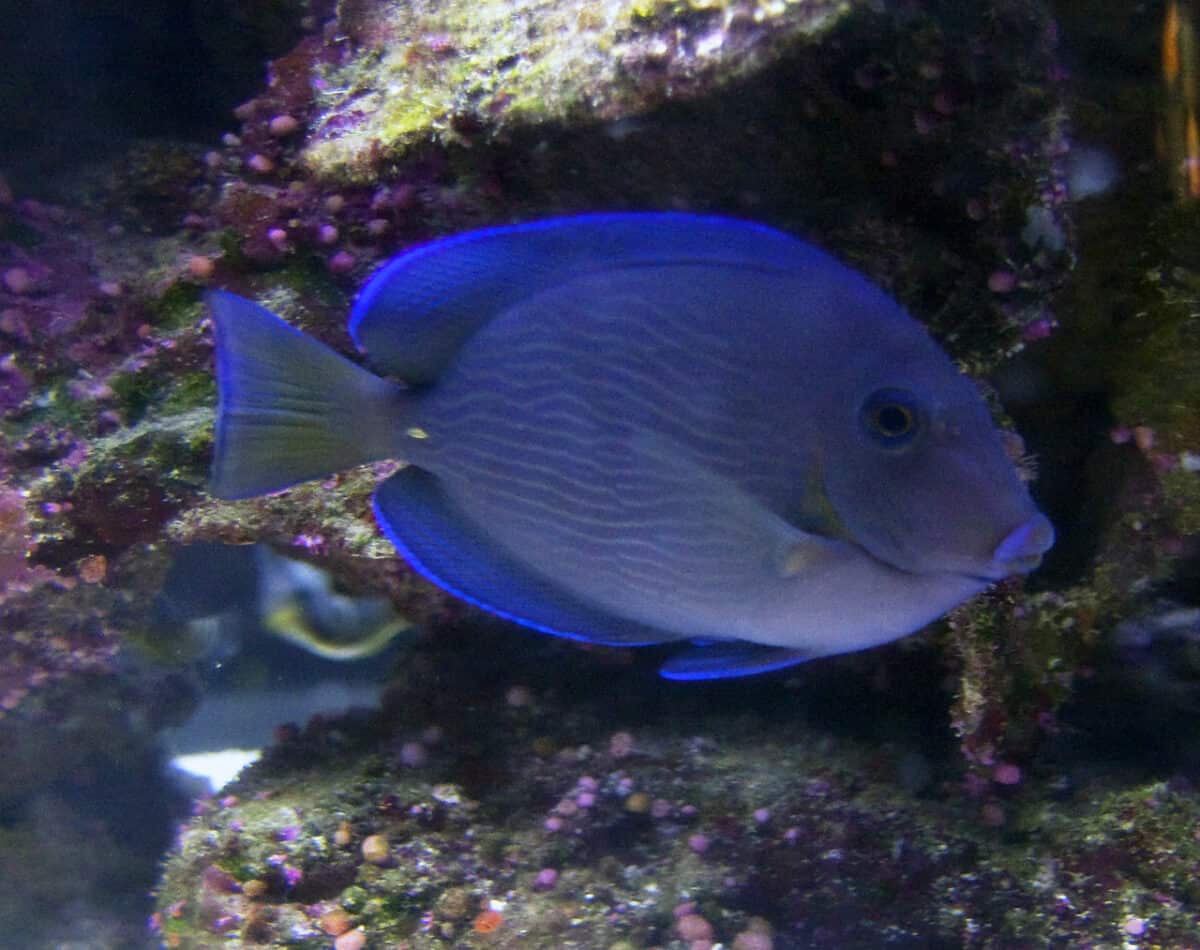
Blue tangs are not always blue they are sometimes bright yellow. Image via Tony Hisgett from Birmingham, UK, CC BY 2.0 https://creativecommons.org/licenses/by/2.0, via Wikimedia Commons
This fish has a bright blue base with yellow and black patterns. The character ‘Dory’ in the movie “Finding Nemo” gained popularity in 2003. The fish was a blue tang.
- Size:
They can grow in the length of twenty-five to thirty-one centimeters. The Male blue tangs are considered mature when they reach the length of thirteen centimeters while the females attain maturity after reaching the length of eleven centimeters.
If they are kept in wild water then their life expectancy is up to thirty years.
- Region of Origin:
They are mainly found in the region of the western Atlantic ocean and its nearby countries. It is found in popularity in Florida, the Bahamas, and the Caribbean Sea. These are mainly found in banks consisting of clear water.
- Aquarium Specifications:
Blue tangs require a minimum of a hundred gallons of water with a lot of hiding spaces.
They become stressed if there are fewer hiding spaces in the aquarium. They are omnivores and feed on fish like plankton. The main source of their diet is consumed from algae. Therefore they will happily consume algae-based fish flakes.
#4 Mandarinfish
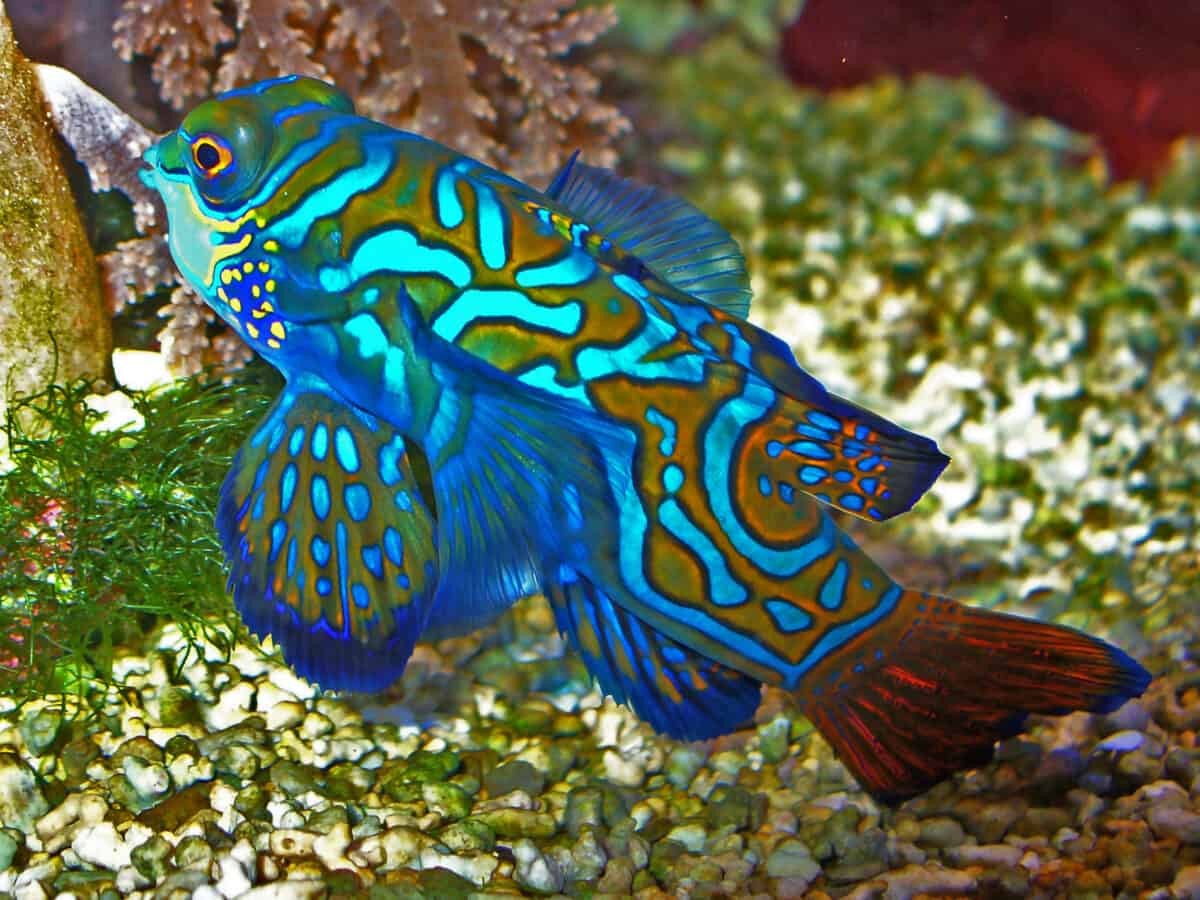
Mandarin fish does not have scales. Image via lez, CC BY-SA 3.0 https://creativecommons.org/licenses/by-sa/3.0, via Wikimedia Commons
These fish belongs to the Dragonet family and are one of the most exquisite creations of nature. Their vibrant color patterns set them apart from other sea creatures.
It has an electric blue body with bright orange and green print on top. This blend of colors is mesmerisingly eye-catching.
- Size:
Mandarinfish can grow up to eight centimeters in length. The males are larger than the females consisting of a vibrant pattern of green and orange color combination. The life span of these fish is up to fifteen years.
- Region of Origin:
They are usually found in the region of the western Pacific Ocean. They are mainly found in the depths of the ocean as they swim at the bottom of the ocean.
- Aquarium Specifications:
These fish are carnivores in nature and are difficult to keep in an aquarium due to their diet necessities.
Once you overcome the obstacle of providing them with their specialized diet, they are easy to keep in an aquarium along with other non-aggressive fish species.
The temperature should range from twenty-four to twenty-seven degrees centigrade in an aquarium that can accommodate twenty-nine gallons of water and more.
#3 Bluefin Notho
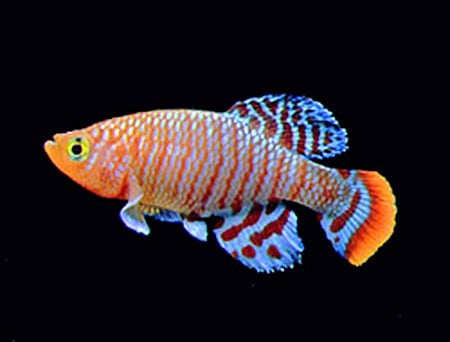
This fish is also known by the name of Nothobranchius rachovii originated from Mozambique. This fish has a unique and breathtaking physical appearance. They have a red base along with vibrant flashes of electric blue and turquoise. Can’t be missed on a cutest fish list.
- Size:
These fish can grow up to 6cm in length. Males of such kind are larger and more attractive than females. They live up to a year, therefore, their breeding is very important. They attain maturity for breeding in a few weeks after being born.
- Region of Origin:
Bluefin Notho is mainly found on the lowlands bordering the river. During the hot seasons, the water levels of such areas decrease.
These lands are mainly used by locals to cultivate rice. That time of the year is the kill fish season for this species and a few other kinds of fish in the lowlands of water.
- Aquarium Specifications:
Bluefin Notho can be placed in an aquarium with a temperature of twenty to twenty-four centigrade with light medium lighting.
They survive in slightly acidic water. They consume dried vegetables, and female’s appetite is greater than males’ as they produce eggs daily.
#2 Sea Horse
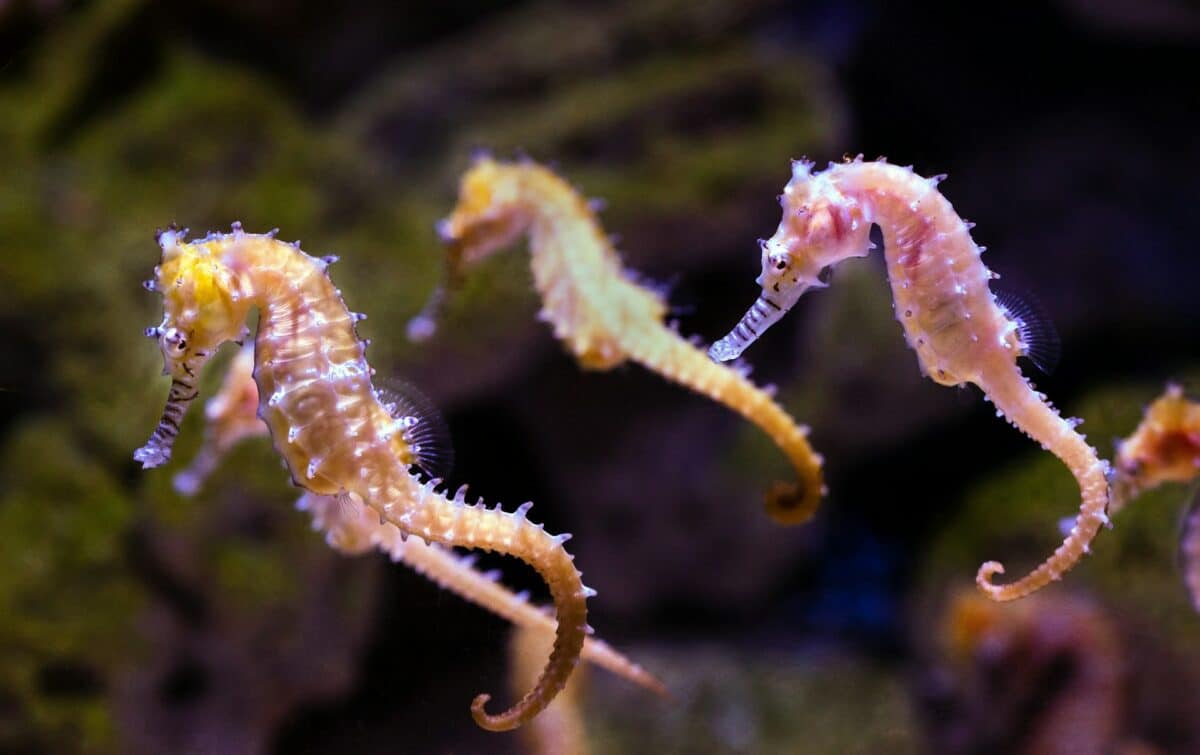
Seahorses sleep with their eyes open because they don’t have eyelids. Image by David Clode via Unsplash.
No list of the top cutest fish will be complete without sea horses. Many people aren’t familiar with the fact that they are also a type of fish. They are miniature and magnificent creations of nature. They are usually pink, yellow, grey, and orange.
- Size:
They grow in length ranging from two to thirty-five centimeters. The male and female are set apart by the belly pouch of the males. This pouch is where the male fertilizes the eggs. In sea horses the male gives birth.
- Region of Origin:
They are mainly found in tropical areas comprising shallow and salty waters. They use sheltered areas to form their habitat. Species of sea horses are found in Pacific waters from north to south America.
- Aquarium Specifications:
Sea horses can be placed in an aquarium having a capacity of forty to fifty gallons of water along with a height of at least eighteen inches.
Sea horses move up and down often rather than side to side. Therefore, they require vertical space in a tank. They are omnivores and can last on both plant and animal-based food.
#1 Clown Fish
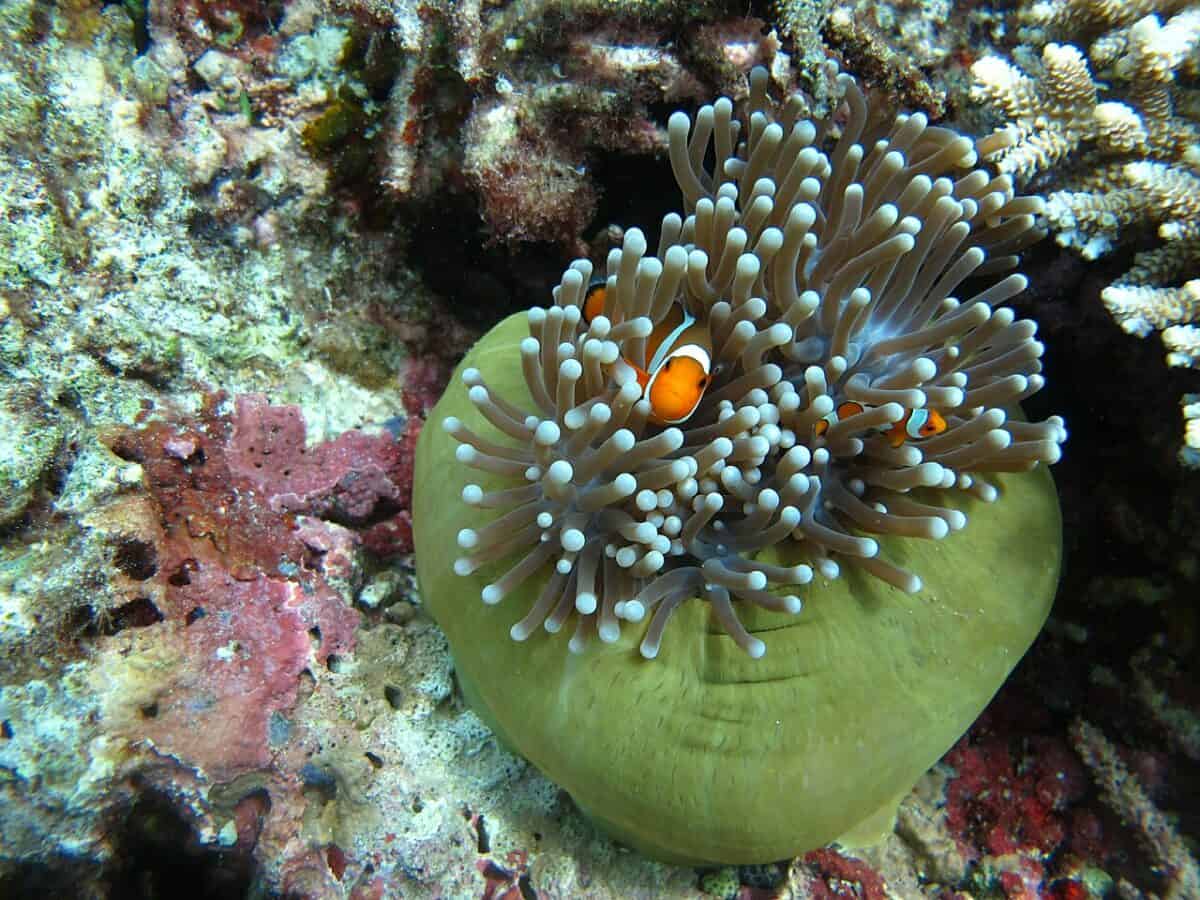
The clownfish is also known as anemone fish which is popular for its vibrant color in the shades of white and orange. This fish gained popularity in 2003 through the movie ‘Finding Nemo’. The main character of the movie was a clown fish named Nemo
- Size:
They can grow up to nine centimeters in length. The females are comparatively larger than the males therefore they can reach a length of nine centimeters.
Clownfish males comprise both male and female reproductive organs therefore the breeding males come under the category of second largest after female clown fish.
- Region of Origin:
They are mainly found in the warm waters of the Pacific Ocean and the Red Sea. They usually reside in sheltered areas or anemones, which is a plant that blooms into a white-colored flower.
- Aquarium Specifications:
Clownfish can be placed in an aquarium comprising at least thirty gallons of water. They need a lot of hiding space to feel safe. They are omnivores. Therefore, they feed on both animal and plant-based food coming from algae.
Point To Note
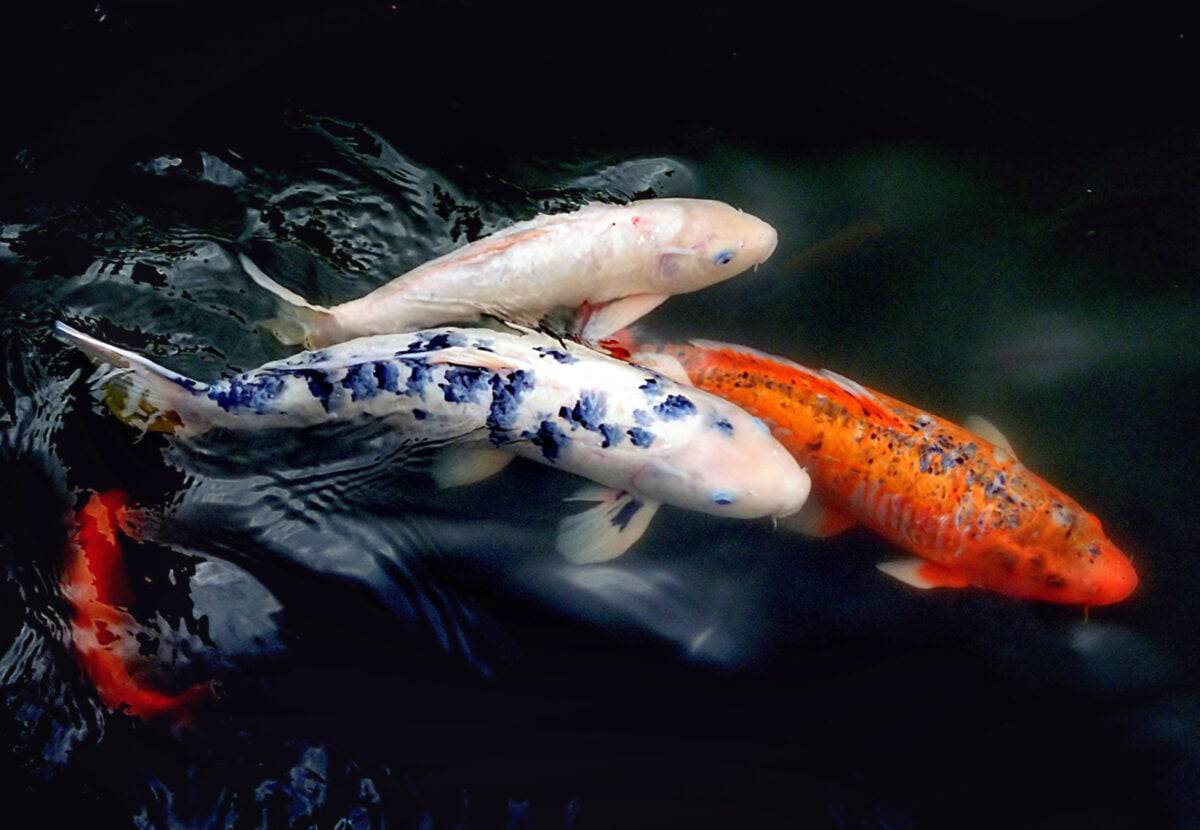
If you want to keep these fish in a tank. You must maintain the desired temperatures for them to survive. Not only this, but they also require ample space to move around.
Many fish are shy and they need hiding spaces within the aquarium. Keeping all these things in mind, don’t forget to inculcate a good diet to meet their nutritional needs.
- 10 Most Endangered Animals - April 15, 2024
- Top 10 Cutest Fish in the World - April 15, 2024
- 16 Top Predators in the Food Chain - April 12, 2024

